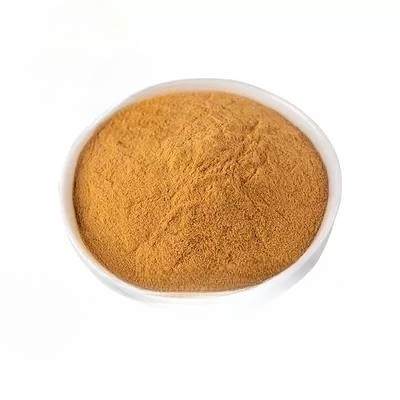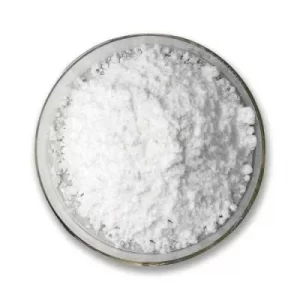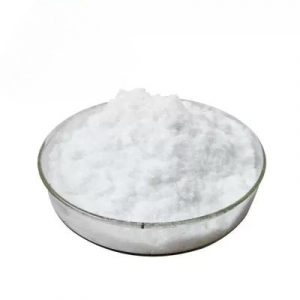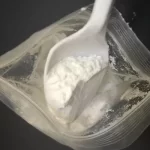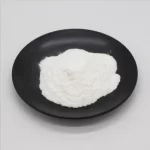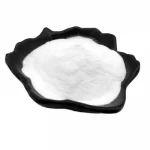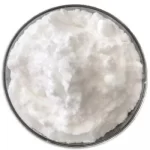Description
Pure Oroxylin A API Powder CAS 480-11-5 Antidiabetic Herbal Drugs
Description
| Name: | Oroxylin A | CAS No.: | 480-11-5 |
|---|---|---|---|
| Molecular Formula: | C16H12O5 | Molecular Weight: | 284.26 |
| Melting Point: | 195-197℃ | Storage: | 2-8°C |
| Appearance: | Powder | Purity: | 98% Min |
| High Light: |
C16H12O5 Oroxylin A API Powder, 98% API Powder CAS 480-11-5, CAS 480-11-5 Antidiabetic Herbal Drugs |
||
Antidiabetic herbal medicine Oroxylin A powder CAS 480-11-5
What is Oroxylin A?
Oroxylin A, a methylated metabolite of baicalein, exhibits a stronger inhibitory effect than baicalein on the CYP1B1-mediated carcinogenic estradiol metabolite formation
Tumor necrosis factor alpha (TNFα) is a complicated cytokine which is involved in proliferation and differentiation of acute myelogenous leukemia (AML) cells through a poorly understood mechanism. Mechanistic studies indicate that TNFα induced binding of PI3K subunit p85α to N-terminal truncated nuclear receptor RXRα (tRXRα) proteins, and activated AKT. The activated PI3K/AKT pathway negatively regulated differentiation of AML cells through the upregulation of c-Myc. In addition, TNFα also induced activation of nuclear factor κB (NF-κB), a nuclear transcription factor which was shown to promote cell proliferation. The present study demonstrates that oroxylin A, a natural compound isolated from Scutellariae radix, sensitizes leukemia cells to TNFα and markedly enhances TNFα-induced growth inhibition and differentiation of AML cell including human leukemia cell lines and primary AML cells. Activation of PI3K/AKT pathway could be inhibited by oroxylin A through inhibiting expression of tRXRα in NB4 and HL-60-resistant cells. Furthermore, we found that oroxylin A inhibited the activation of NF-κB and the DNA binding activity by TNFα proved by EMSA in these two AML cell lines. Moreover, in vivo studies showed that treatment with oroxylin A in combination with TNFα decreased AML cell population and prolonged survival in NOD/SCID mice with xenografts of primary AML cells. Overall, our results indicate that oroxylin A is able to inhibit the negative effects of TNFα for AML therapy, suggesting that combination of oroxylin A and TNFα have the potential to delay growth or eliminate the abnormal leukemic cells, thus representing a promising strategy for AML treatment.

